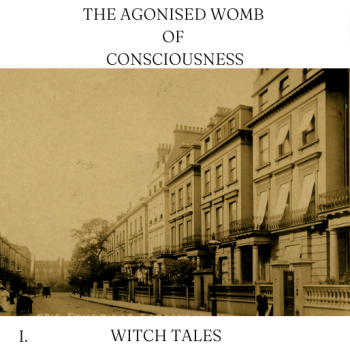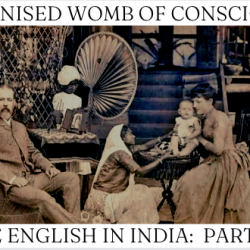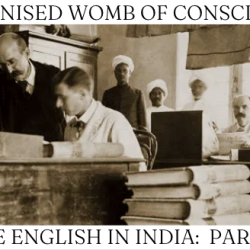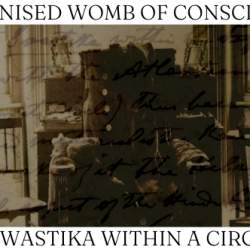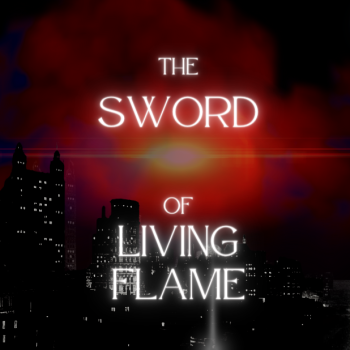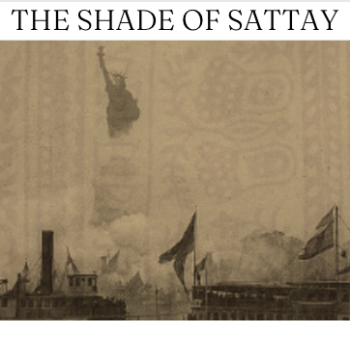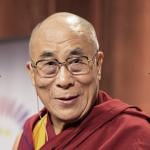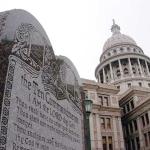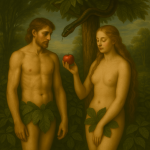WITCH TALES I. ⸻ It was late June 1888. Charley sat alone with Blavatsky at a small table in the drawing-room at Lansdowne Road. ⸻ “Yes, Sir! Witch-stories, and in this enlightened age!” said Blavatsky. “What do you call it but a witch-story, that very experiment you told me of, made by my friend the Spookical Researcher? Is it not witchcraft, to transfer pinches and burns, pain and suffering, in fact, though only slight in this case, to another... Read more


